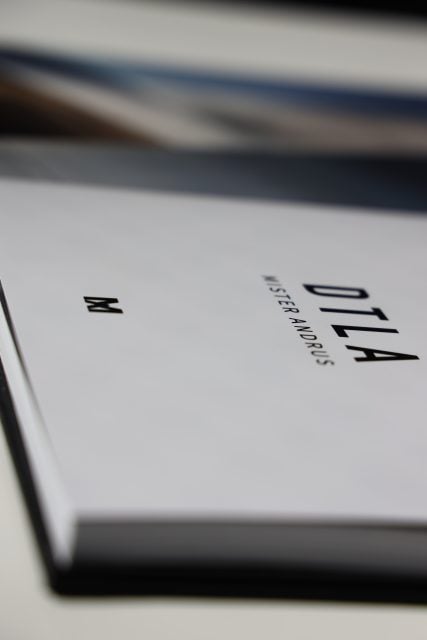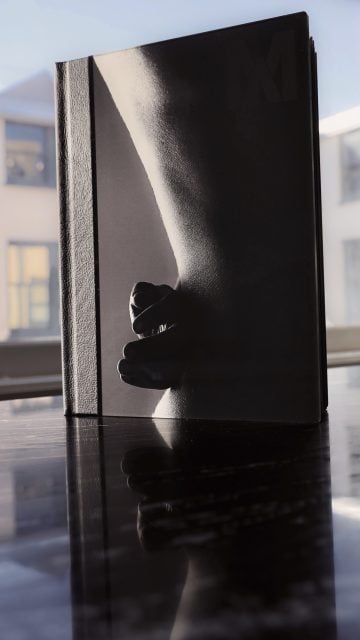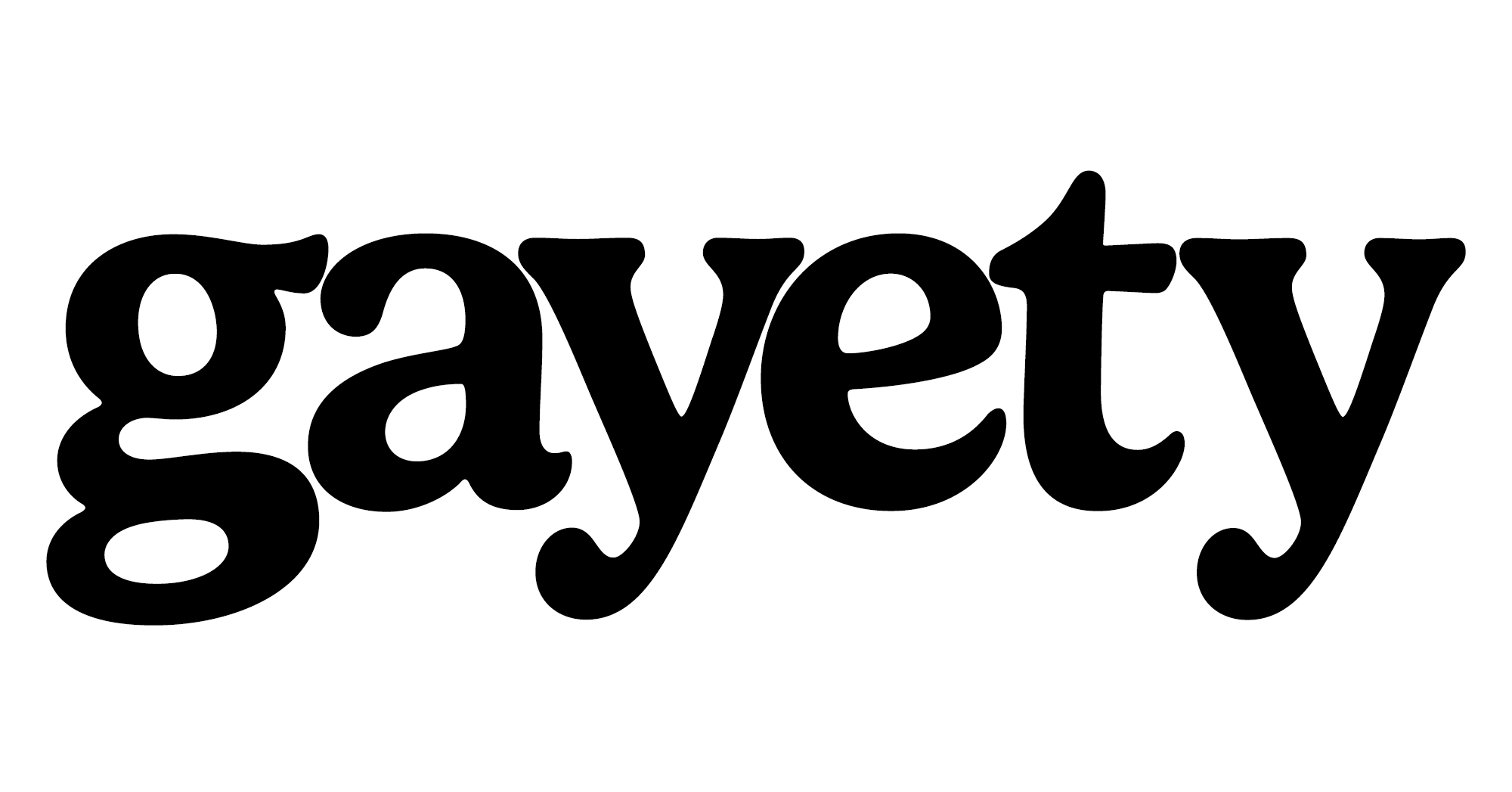For photographer John Andrus, a portrait is never just a picture. It’s an emotional exchange, an act of trust, and especially for queer subjects, a quiet form of resistance. With his coffee table book dtla, Andrus invites us into that deeply intimate world, showcasing more than four years of photography featuring over 50 models set against the electric, evolving backdrop of downtown Los Angeles.
“Every time a person sits for a portrait, it’s an opportunity,” Andrus says in his artist statement. “A chance to capture the beauty in you that, for whatever reason, you might not see.”
That guiding philosophy is at the heart of dtla, which blends lush cityscapes with evocative portraits of queer people from 2020 to 2024. The images document not only a city in flux, but a community reclaiming its joy and visibility.
Creating a Space for Trust and Great Photos
“It can be incredibly vulnerable and nerve-wracking for someone to step in front of a camera,” Andrus explains. “So for me, trust between a photographer and subject is sacred.”
He emphasizes the importance of atmosphere, music, and intention. “If I’ve done my job right, I’ve fostered a comfortable space where they feel they can trust me to make them look incredible.”
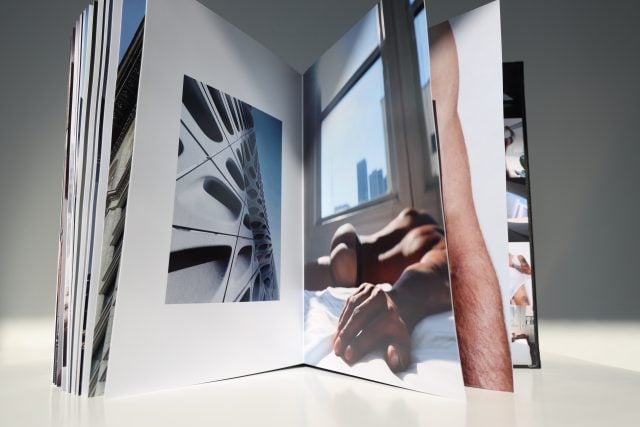
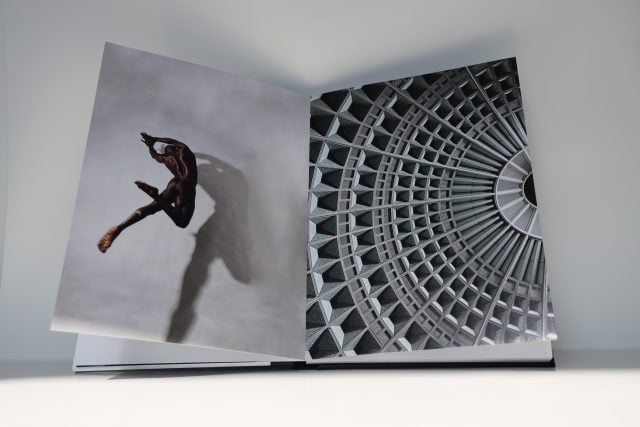
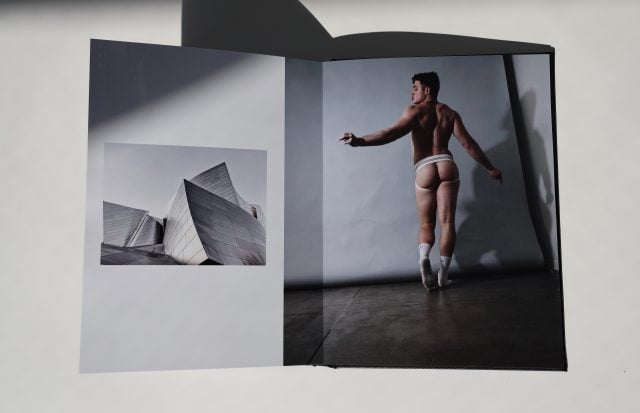
That ease is what transforms a good photo into something more profound. “A good photo has great lighting and composition and all of the technical perfections you strive for,” he says. “A meaningful portrait… draws you in, tells a story, it makes you feel.”
A Time Capsule of Queer Life in the City
Andrus moved into his DTLA studio in July 2020, during what he thought was the tail end of the pandemic. “In hindsight, it was obviously still early days, so in those first months DTLA felt like a ghost of its former self,” he says. “Over the years, getting to see the city slowly come back to life and to be a part of that community has been really exciting.”
The book is as much a reflection of his personal growth as it is a showcase of Los Angeles. “Almost every facet, from personal, to professional, and everything in-between, changed,” he says. “Every portrait, a mile marker; every building, a milestone.”
Photography as Visibility and Community Care
Andrus doesn’t shy away from the political and emotional power of his work. “In this present climate, visibility and representation matter now more than ever before,” he says. “I have the privilege of photographing queer people, every day. I hope in documenting the queer people who lived and loved today, I am able to contribute to our community’s resistance and resilience.”
For him, dtla is more than art, it’s memory, identity, and survival.
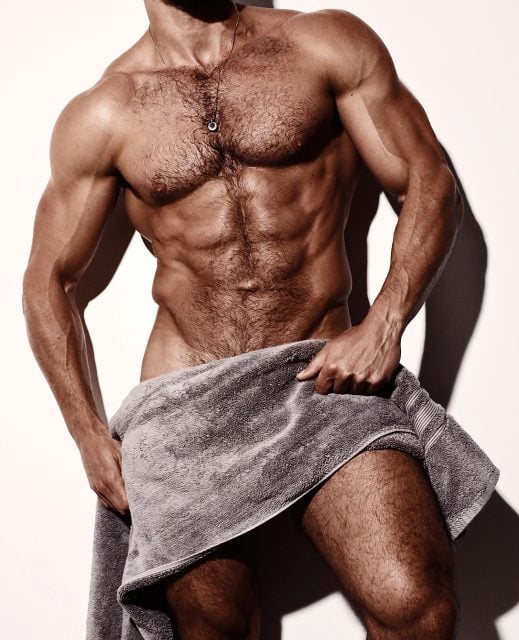
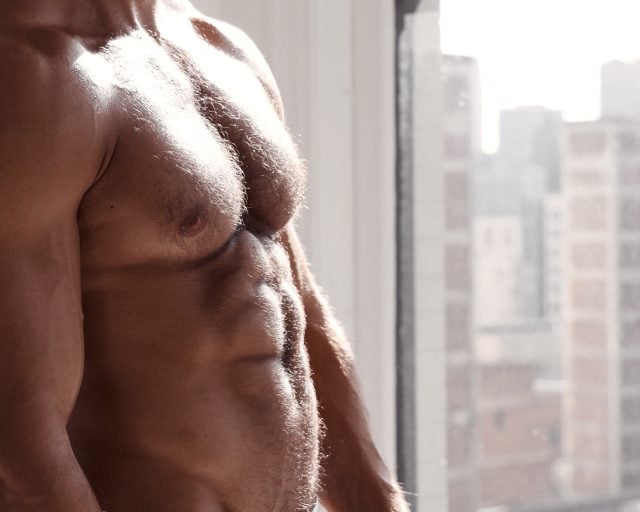
What’s Next? Think Bigger Cities, Bigger Dreams
While dtla is rooted in Los Angeles, Andrus has his eyes set on the East Coast next. “I’ve been spending more and more time in New York, so creatively I feel drawn there,” he shares. “I would love to focus on a book featuring models from the East Coast with New York’s cityscape as the backdrop.”
And, of course, a magazine cover is on the vision board. “It is my dream to shoot an editorial cover. GQ… hit me up!”
Advice to Young Queer Creatives
To queer photographers just starting out, Andrus offers this: “Shoot what you love. Cliché, maybe, but your joy will come through in your images. Be curious, try what’s exciting to you. You can study technique (and you should), but there’s no better way to learn and create your own artistic identity than by picking up your camera and shooting.”
In dtla, that passion is visible on every page. It’s a love letter to a city, a community, and a moment in time. But more than that, it’s a reminder: everyone deserves that photo, the one where you see yourself and think, I was beautiful all along.
To see more of John’s work or pick up a copy of dtla, visit misterandrus.com and follow him on Instagram at @misterandrus.
